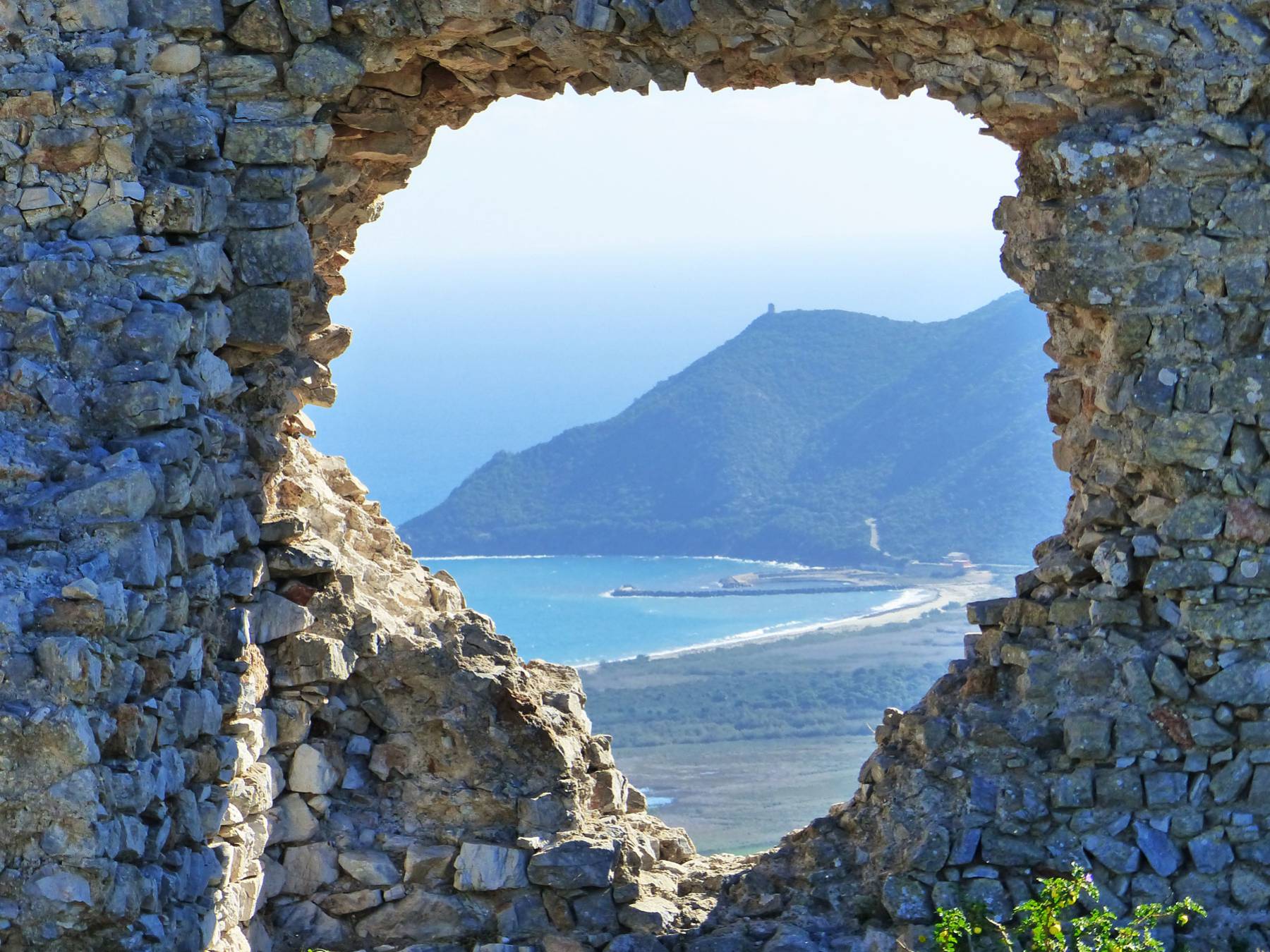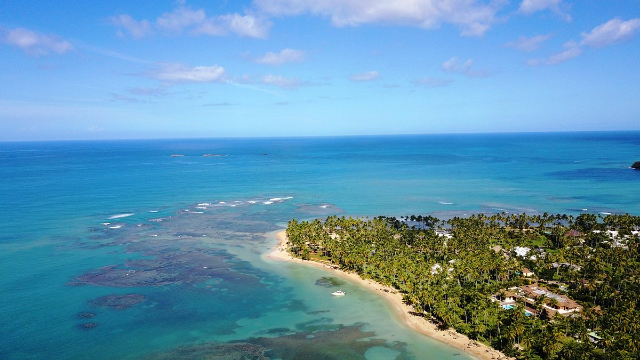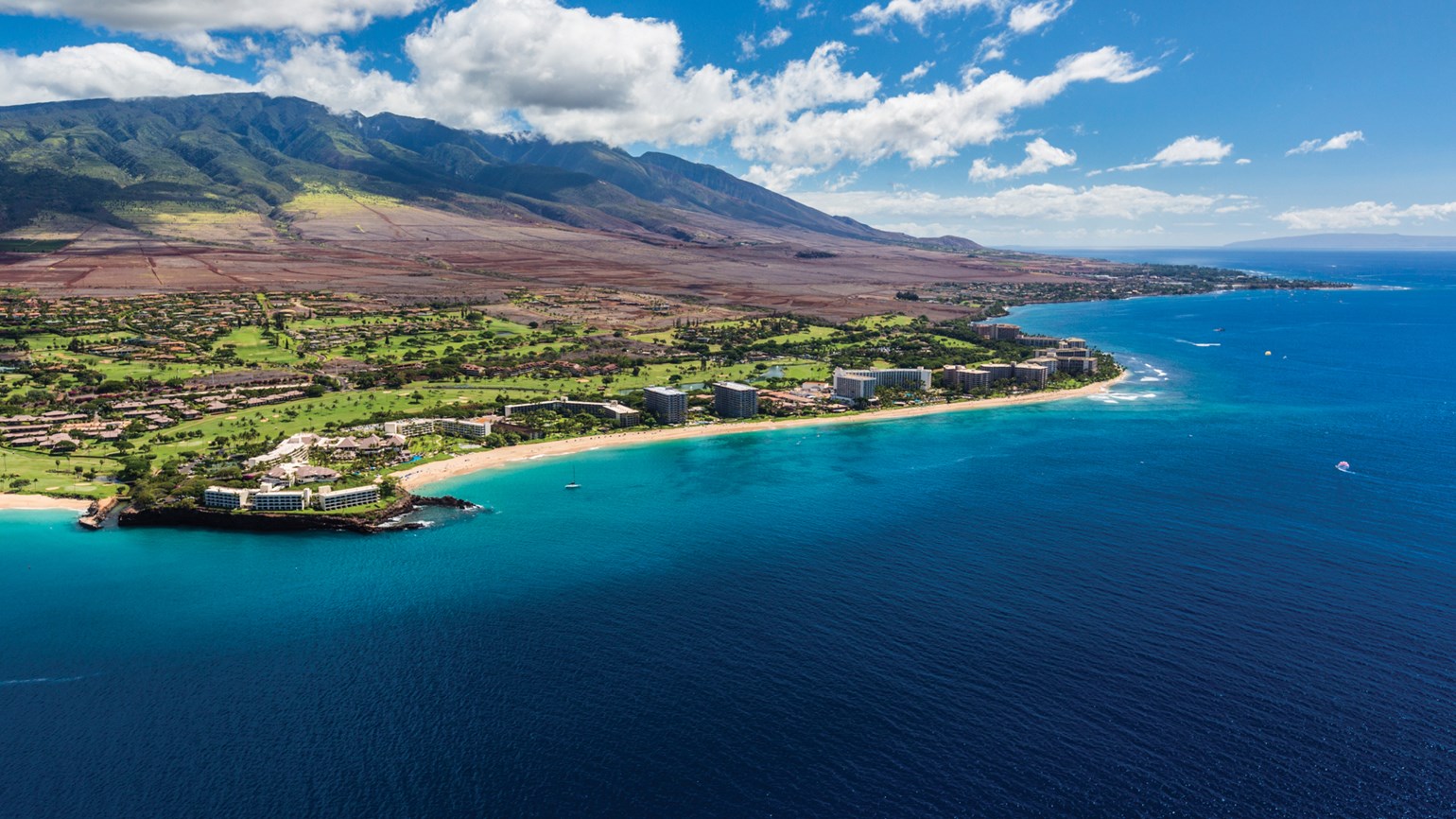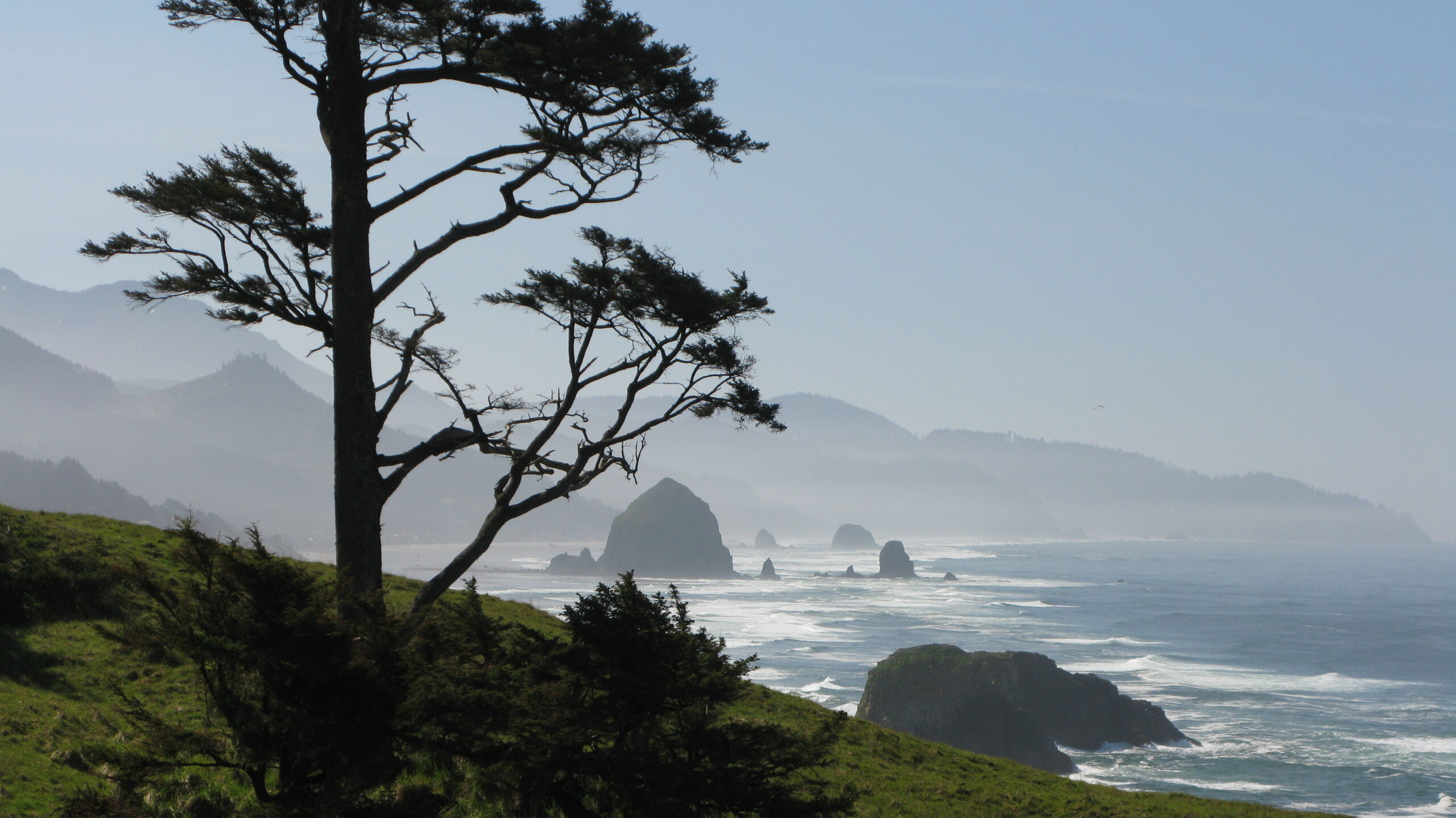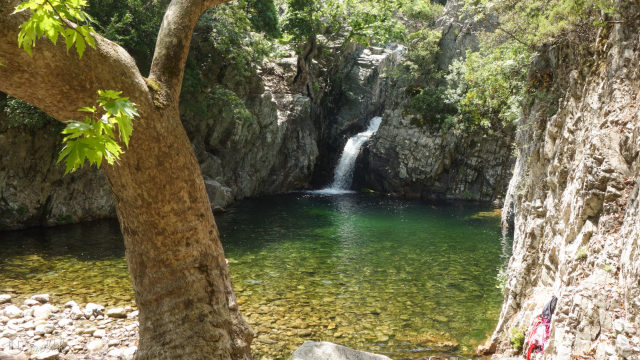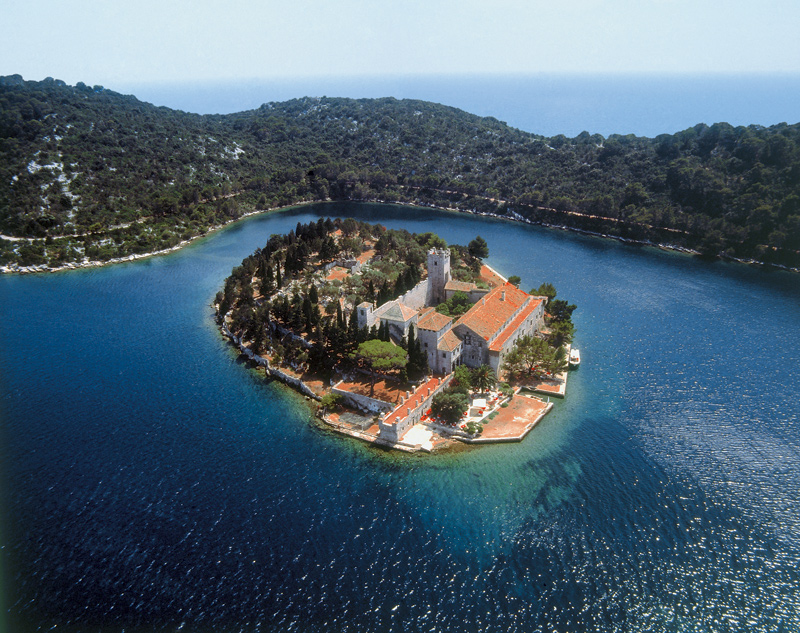On top of Mount Cudias, in the municipality of Villaputzu, in the South-East of Sardinia, stand the remains of a castle now infested with wild plants. To see it seems to be in Ireland. Instead we are in Italy.
The castle of Quirra was built on a sheer cliff, in a panoramic position, to guard the border of Gallura against the Aragonese. Dating back to the twelfth century, it was a fortress built on the remains of other settlements dating as far back as Neolithic and Paleolithic times. The castle was actually conquered, not without a long siege, by the Aragonese who drove out the inhabitants to take possession of it.
It seems that around the castle of Quirra revolved different political events. In fact, this place had an importance not only strategic and military, but also economic. To dominate the castle meant to dominate the fertile and rich valleys, the mines and also the coast.
To the castle of Quirra is tied a beautiful legend. In the castle lived a Count, ugly and bad, isolated from the rest of the world because there was no road to reach it. He fell in love with a young girl and one day asked for her hand in marriage. Instead of refusing, the young woman challenged him by answering: "If you can pick me up from my house in a carriage, I will become your wife". He knew it was impossible because there was no road and the only viable way was impassable, with large limestone boulders that obstructed the path.
The prince then asked for help to the inhabitants of the villages of Ogliastra, an area of Central-Eastern Sardinia, who accepted. They paved the way and built the road for the carriage. Seeing the realization of the feat that she believed impossible, the girl could not back out, but once arrived at the castle, in despair, she took her own life throwing herself off the cliff.
The Count, however, did not forget the promise made to the inhabitants of Ogliastra and rewarded them with generosity by giving them some land around the castle.
Many of the lands in this area still belong to the inhabitants of Ogliastra, they are the so-called "administrative islands" that are exploited for sheep farming and agriculture.
Still today there is that road flattened in the rock, called Sa Scala ‘e sa Contissa. There is also a rock where it is clearly visible the hoof of the horse of the carriage petrified.
Of the castle only a few ruins remain standing. However, visiting this place full of stories and legends and from which it is possible to admire an incredible panorama is definitely worth it.
